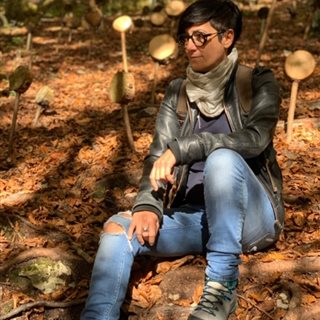 Loredana Testa
Loredana Testa
Food and music from Friuli
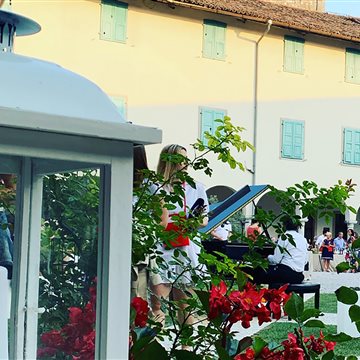
04Aug2019



Find out about the ideas and offers for this experience in Friuli Venezia Giulia
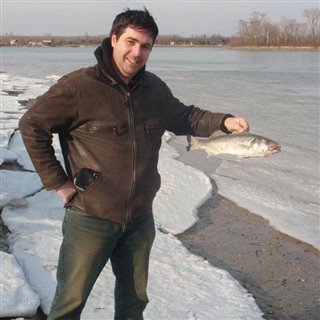
 Loredana Testa
Loredana Testa

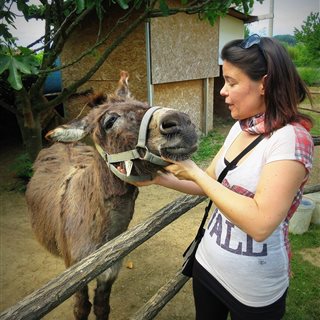 Sabrina Pellizon
Sabrina Pellizon

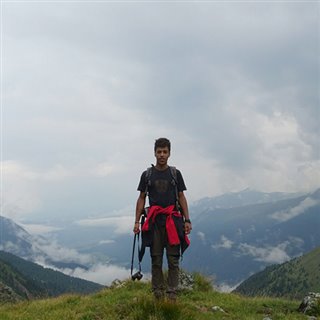 Vincent Clarke
Vincent Clarke

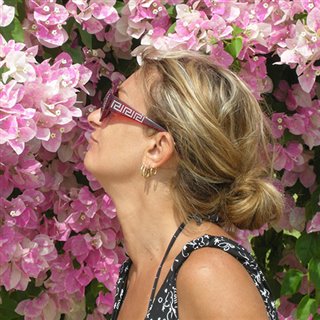 Tiziana Fiorentino
Tiziana Fiorentino
